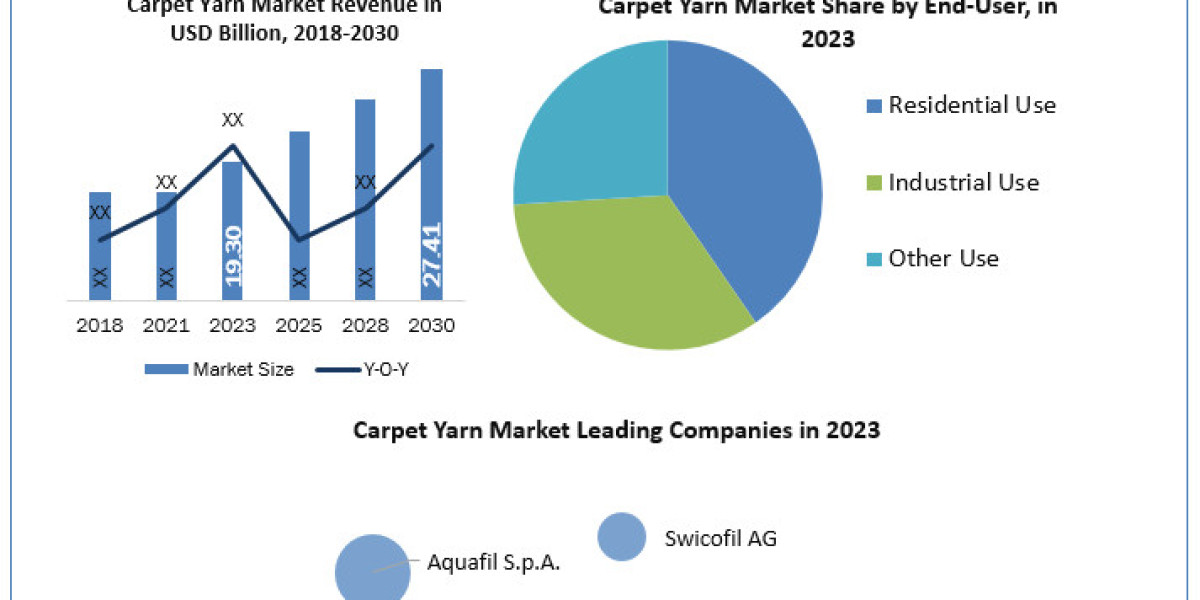As artificial intelligence (AI) continues to revolutionize numerous sectors, healthcare has become one of the most promising areas for its applications. For medical administrators—those responsible for ensuring that healthcare facilities run smoothly, efficiently, and within regulatory standards—AI tools can be transformative. These tools can enhance patient care quality, streamline workflows, and reduce administrative burdens.
1. Intelligent Document Processing (IDP) ToolsMedical facilities handle vast amounts of paperwork, from insurance claims and patient records to billing and compliance documentation. Intelligent Document Processing (IDP) tools, which combine AI technologies such as machine learning, natural language processing (NLP), and optical character recognition (OCR), can automate much of this paperwork. Here are some popular IDP solutions for healthcare:
- Kofax: Kofax's AI-driven IDP software helps automate data extraction from unstructured documents like medical records and invoices. By quickly digitizing these records, Kofax enables faster processing, reducing paperwork and enabling administrators to focus on higher-priority tasks.
- Automation Anywhere: Known for its comprehensive approach to robotic process automation (RPA), Automation Anywhere helps hospitals automate repetitive data entry and processing tasks, reducing human error and improving efficiency.
Benefits for Medical Administrators: By automating the documentation process, these tools minimize human errors, improve data accuracy, and significantly reduce the time spent on manual data entry, freeing administrators to focus on patient-centered operations.
2. AI-Powered Scheduling and Appointment ManagementEffective scheduling is vital in healthcare for balancing patient needs, optimizing clinician time, and reducing wait times. AI tools that facilitate scheduling and appointment management help administrators streamline this process, ensuring patients receive timely care while reducing administrative burdens.
- Qventus: An AI-driven platform that uses machine learning to predict patient flow, Qventus is particularly useful for emergency departments and inpatient wards. By analyzing historical data and real-time inputs, it helps optimize staffing and resource allocation.
- Zocdoc: While primarily a patient-facing tool, Zocdoc's scheduling system enables patients to book appointments seamlessly. This reduces administrative workload by allowing patients to self-schedule, cancel, and reschedule appointments while notifying administrators in real-time.
Benefits for Medical Administrators: Automated scheduling reduces no-show rates, optimizes clinician schedules, and improves patient satisfaction by reducing wait times. These tools also reduce the time administrators spend on scheduling, allowing them to focus on other priorities.
3. Clinical Decision Support Systems (CDSS)While primarily designed for clinicians, Clinical Decision Support Systems (CDSS) offer administrative value by promoting more standardized and efficient clinical operations. By aiding clinicians in diagnostic and treatment decisions, CDSS tools help streamline patient flow and improve outcomes, which ultimately reflects positively on the administrative side.
- IBM Watson Health: IBM's Watson Health platform uses advanced data analytics to assist clinicians in diagnosing and treating patients. It can process vast amounts of patient data and medical literature to provide insights that can inform treatment decisions.
- Elsevier’s ClinicalKey: This tool offers evidence-based clinical information, helping providers make more informed decisions. By improving the accuracy of diagnoses and treatments, it contributes to better patient outcomes and optimized workflows.
Benefits for Medical Administrators: Better clinical decision-making leads to reduced readmissions, optimized patient flow, and efficient resource use. In turn, this reduces the administrative strain of handling patient complaints or coordinating multiple care services.
4. Patient Experience PlatformsImproving patient satisfaction is crucial for healthcare administrators, as it impacts a facility's reputation, operational efficiency, and even funding sources. AI-powered patient experience platforms analyze patient feedback and interaction data to deliver actionable insights that administrators can use to improve service quality.
- Press Ganey: Known for its patient satisfaction surveys, Press Ganey now incorporates AI-driven analytics to identify areas for improvement in patient care. It offers detailed reports that can help administrators understand where operational or staff adjustments are needed.
- Qualtrics: This tool collects patient feedback and uses sentiment analysis to offer insights into patient experience. It can identify patterns in patient feedback, helping administrators make informed decisions about improvements.
Benefits for Medical Administrators: By continuously assessing and improving patient experience, these platforms help administrators proactively address issues, boost patient satisfaction, and streamline patient-care operations.
5. Revenue Cycle Management (RCM) ToolsRevenue Cycle Management (RCM) is critical in healthcare, where navigating insurance claims, billing, and reimbursements can be complex. AI-powered RCM tools help administrators streamline these financial processes, ensuring that facilities maintain healthy cash flows and avoid revenue losses due to errors or delays.
- Waystar: Waystar’s RCM platform integrates AI to assist with insurance verification, claim status tracking, and denial management. This significantly reduces the administrative load associated with revenue cycle processes.
- Olive AI: Olive uses AI and RPA to automate repetitive tasks within the revenue cycle, including claims processing and eligibility verification. It can also analyze data to identify inefficiencies in the billing cycle.
Benefits for Medical Administrators: By automating and optimizing revenue cycle management, these tools help reduce claim denials, improve payment collections, and enhance the facility’s financial stability. This minimizes time spent by administrators on financial troubleshooting, allowing them to allocate resources more effectively.
6. Inventory and Supply Chain ManagementManaging supplies and inventory in a healthcare setting is challenging yet essential. Shortages of critical supplies or delays in the supply chain can directly impact patient care. AI-powered supply chain management tools allow administrators to forecast supply needs accurately, reduce waste, and prevent stockouts.
- GHX (Global Healthcare Exchange): GHX’s platform uses data analytics to help healthcare organizations streamline their supply chains. It provides real-time visibility into inventory levels and uses AI to forecast future supply needs, helping facilities optimize stock levels and reduce costs.
- InvenSense: With AI-driven analytics, InvenSense helps administrators manage inventory by predicting usage patterns and alerting them to potential shortages, ensuring essential supplies are always on hand.
Benefits for Medical Administrators: Efficient supply chain management reduces operational disruptions, ensuring that clinicians have the tools they need to provide quality care. These tools also prevent overstocking, reducing unnecessary costs and freeing up funds for other needs.
7. Predictive Analytics for Population Health ManagementPopulation health management tools use AI to analyze data across large patient populations, helping administrators identify trends, predict health outcomes, and plan resource allocation more effectively. These tools can improve preventive care initiatives and optimize resources to meet population health needs.
- Health Catalyst: This tool uses predictive analytics to provide insights into population health, helping administrators identify at-risk patients and prioritize preventive interventions.
- Cerner Population Health: With AI-driven analytics, Cerner’s platform helps healthcare organizations track and manage patient populations, focusing on preventive care and chronic disease management.
Benefits for Medical Administrators: Population health analytics tools allow administrators to allocate resources more effectively, identify gaps in preventive care, and improve care coordination. This ultimately leads to better patient outcomes and cost savings.
8. AI-Powered Compliance ManagementCompliance with healthcare regulations, such as HIPAA and the Affordable Care Act, is a primary concern for medical administrators. AI tools can streamline compliance management by automatically monitoring, documenting, and updating practices based on the latest regulations, minimizing risk for healthcare organizations.
- ComplyAssistant: This compliance management tool helps healthcare organizations maintain regulatory compliance by automating the monitoring of compliance programs. It provides administrators with real-time insights, tracking compliance progress and identifying gaps.
- LogicGate: LogicGate’s risk management software uses AI to identify, track, and manage compliance risks across healthcare organizations, helping administrators stay compliant and avoid penalties.
Benefits for Medical Administrators: Automating compliance tasks reduces the risk of costly penalties, streamlines regulatory reporting, and allows administrators to stay updated with changing regulations more efficiently. This ensures that the facility adheres to best practices in patient care and data security.
9. Employee Management and Training ToolsStaffing, training, and managing healthcare staff require careful planning and oversight. AI-powered human resource management tools assist in tracking employee performance, automating training processes, and forecasting staffing needs, allowing administrators to maintain a productive and satisfied workforce.
- UKG (Ultimate Kronos Group): UKG’s AI-driven workforce management solution assists healthcare organizations with scheduling, attendance tracking, and payroll management, helping administrators ensure adequate staffing levels and track employee satisfaction.
- Doctible: While focused on patient engagement, Doctible offers tools to track staff performance and patient satisfaction, providing administrators insights into potential training or operational improvements.
Benefits for Medical Administrators: With tools that facilitate employee scheduling, performance tracking, and engagement, administrators can maintain a motivated and well-prepared workforce, leading to better patient outcomes and reduced turnover.
ConclusionAI-powered tools offer medical administrators powerful solutions to address the complex demands of healthcare management. From streamlining documentation and optimizing scheduling to managing finances, supplies, and employee resources, these tools allow administrators to focus more on improving patient care quality and facility efficiency. While adopting AI solutions requires an initial investment of time and resources, the long-term benefits in cost reduction, operational efficiency, and patient satisfaction make it a worthwhile endeavor for any healthcare organization.
As AI continues to evolve, it will likely introduce even more sophisticated tools for healthcare administration, pushing the boundaries of what medical administrators can accomplish and further enhancing healthcare services.







